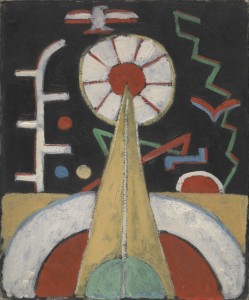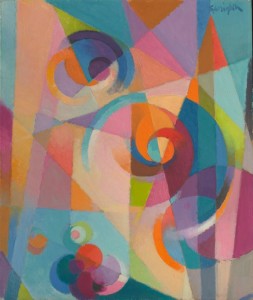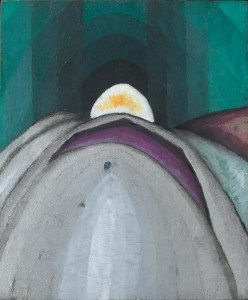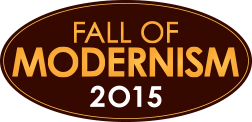
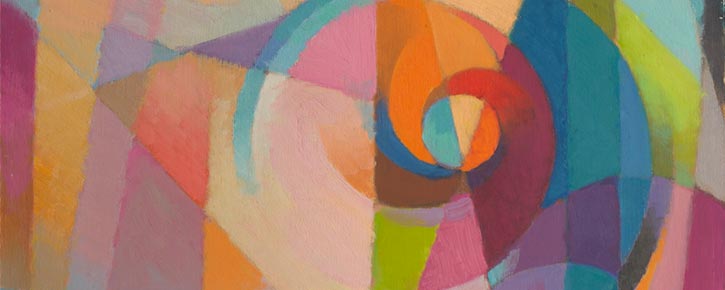
Vilcek Foundation Collection
American art experienced radical change a century ago, as a group of innovative, highly-individualistic artists broke with past traditions to define a new art for this country, an art that expressed the energy, vitality, and singular identity of modern America. The artists who led that change are highlighted in this exhibition, featuring more than 60 masterworks from the 1910s to the post-War era by America’s most original abstract painters, including Georgia O’Keeffe, Marsden Hartley, Stuart Davis, Arthur Dove, and a dozen others.
America’s first generation of abstract artists challenged traditional norms of naturalistic image-making during the early decades of the 20th century. Rather than following long established preference for creating paintings that imitated the appearance of the visual world through conventions such as perspective, these artists sought to convey more immaterial concepts. Instead of using color or form to narrate a story or describe a particular person or place, Modernists used the language of art—lines, shapes, colors—expressively to communicate emotion and experience, much the way music can move the spirit in ways that descriptive words cannot. Often starting with observation, they created abstractions that distilled subjects down to essential elements. Locations and themes that were perceived to be uniquely American—New York’s dramatic skyline, the jagged coast of New England, or the diverse cultures and traditions of New Mexico—were translated into dazzling geometries and riotous colors.
The exhibition is divided into several sections, starting with “Nature’s Great Unfolding,” which includes the artists gathered around Alfred Stiegltiz and their shared interest in the spiritual power of nature. In the second section, “The Cubist Impulse,” are artists such as Andrew Dasburg and Stuart Davis who adopted the ideas and aesthetic of Cubism to American subjects. Three monumental cubist still lifes by Davis, reunited publicly for the first time in decades, are the highlight of this section.
The dynamic skyline of New York city, with its towering skyscrapers, as well as other aspects of life in the modern city are celebrated in the third section, “Man Made: Town and Country.” Looking west, the final section, “Our Western Roots,” explores how the American Southwest served as a spiritual and creative oasis for artists seeking a deeper connection to nature and a mythic past.
Drawn from the collections of the Vilcek Foundation, New York, and organized by the Philbrook Museum of Art in Tulsa, Oklahoma, this exhibition features the finest works from one of the country’s greatest collections of American modernism.
From top to bottom and left to right: 1) Stanton Macdonald–Wright (1890–1973) Gestation #3, 1963, Oil on plywood, Collection of Jan T. and Marica Vilcek, Promised Gift to The Vilcek Foundation Photograph courtesy of the Estate of Stanton Macdonald–Wright; 2) Marsden Hartley (1877–1943) Berlin Series No. 1, 1913, oil on canvas board, Collection of Jan T. and Marica Vilcek, Promised Gift to The Vilcek Foundation; 3) Stanton Macdonald–Wright (1890–1973) Gestation #3, 1963, Oil on plywood, Collection of Jan T. and Marica Vilcek, Promised Gift to The Vilcek Foundation Photograph courtesy of the Estate of Stanton Macdonald–Wright; 4) Arthur Dove (1880-‐1946) Penetration, 1924, oil on wood, Collection of Jan T. and Marica Vilcek, Promised Gift to The Vilcek Foundation.

